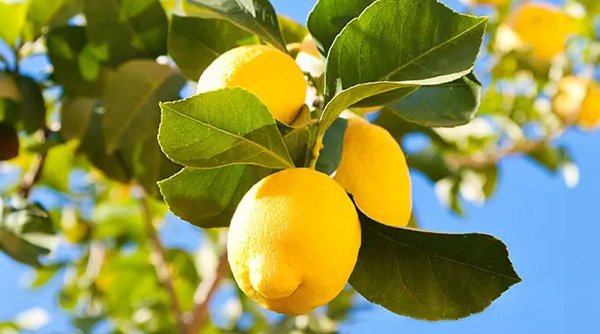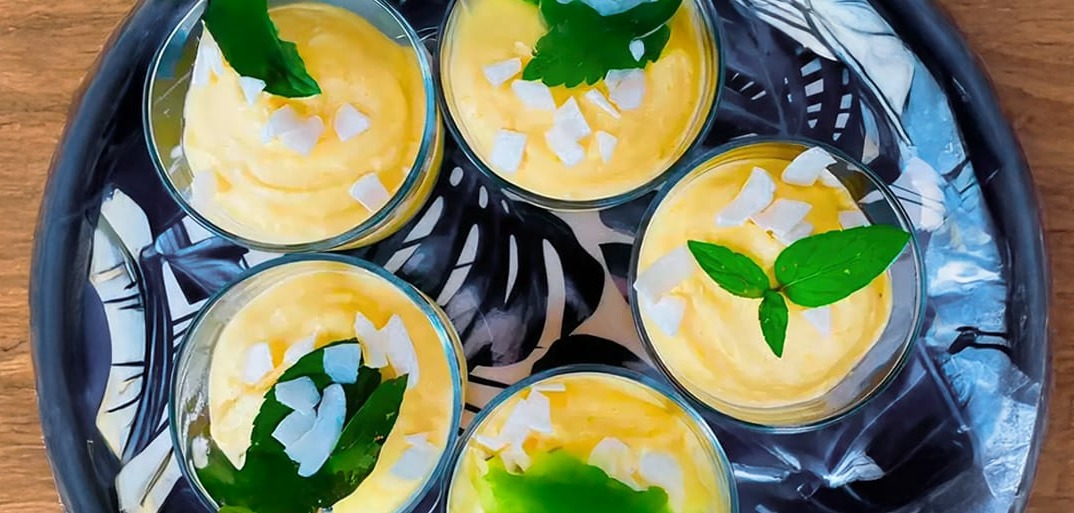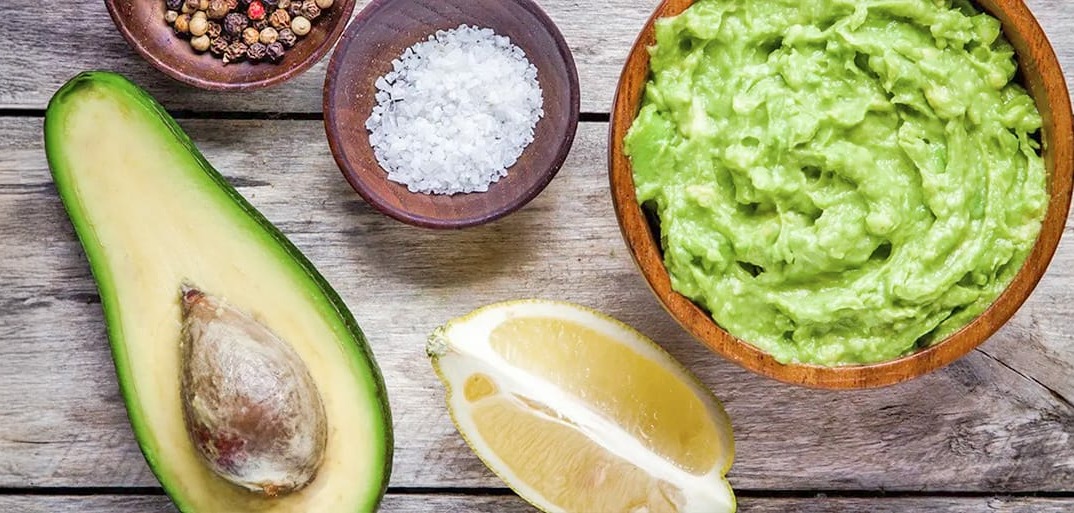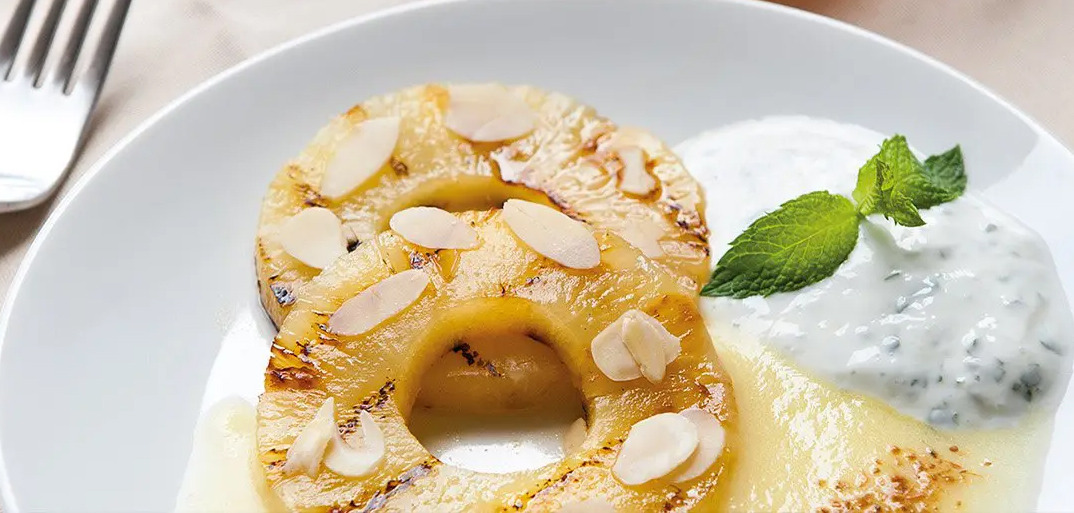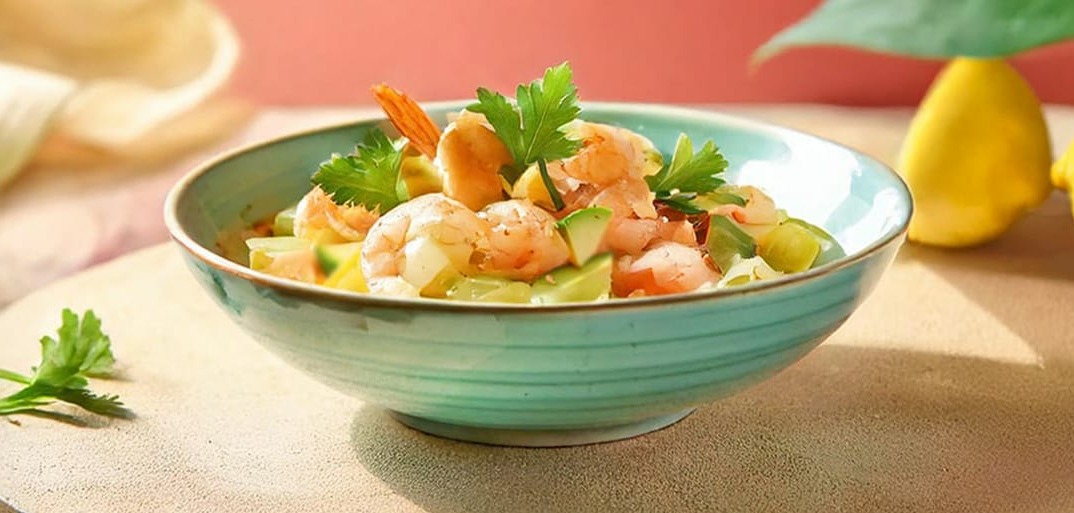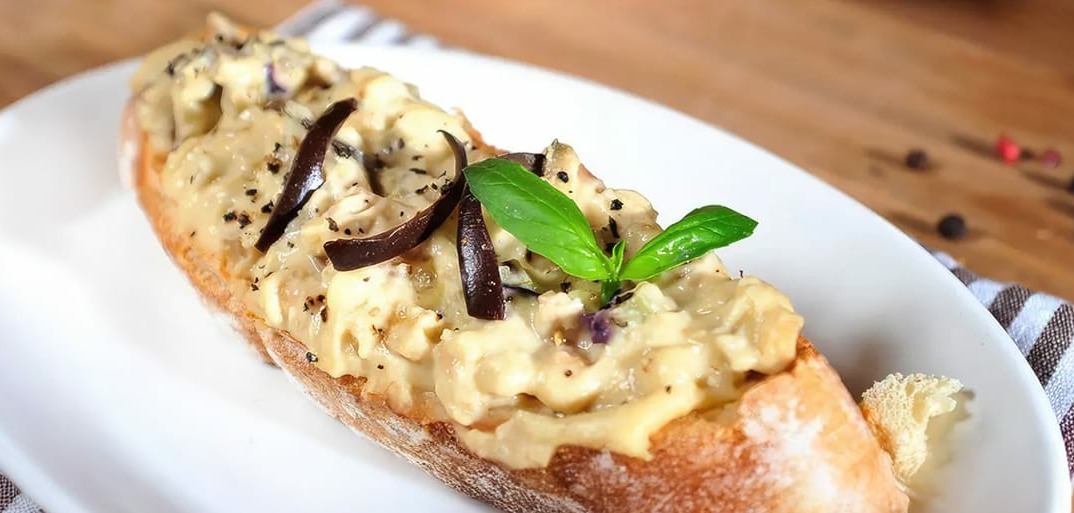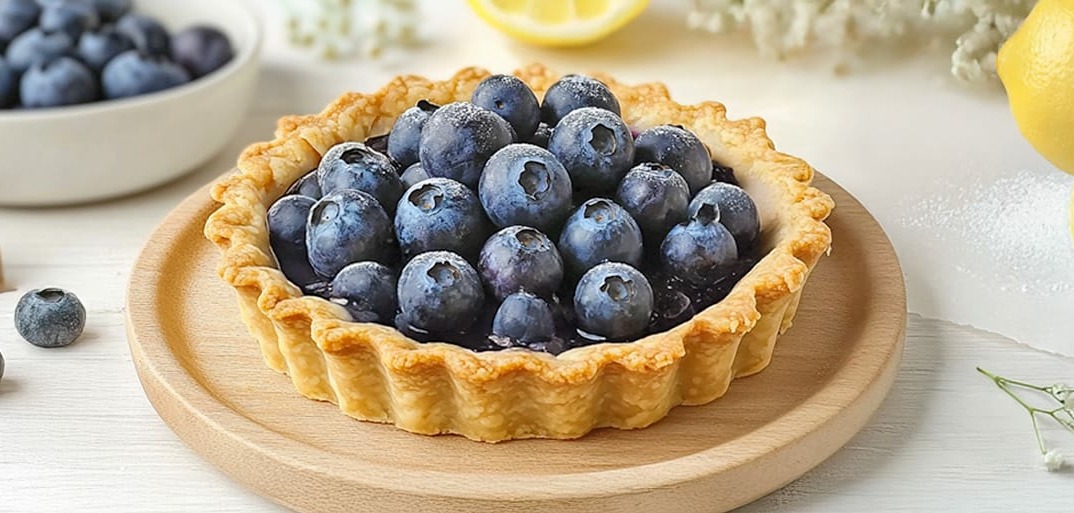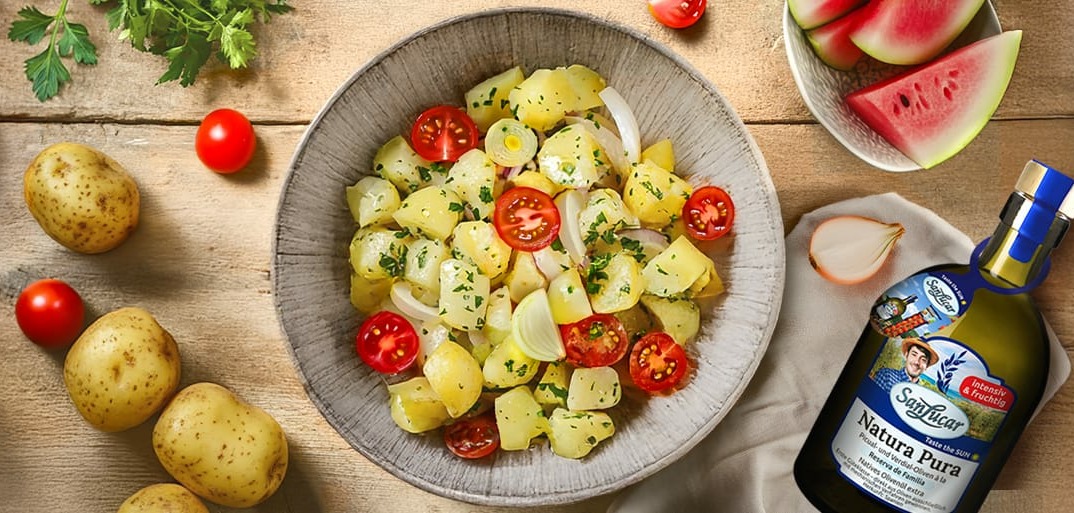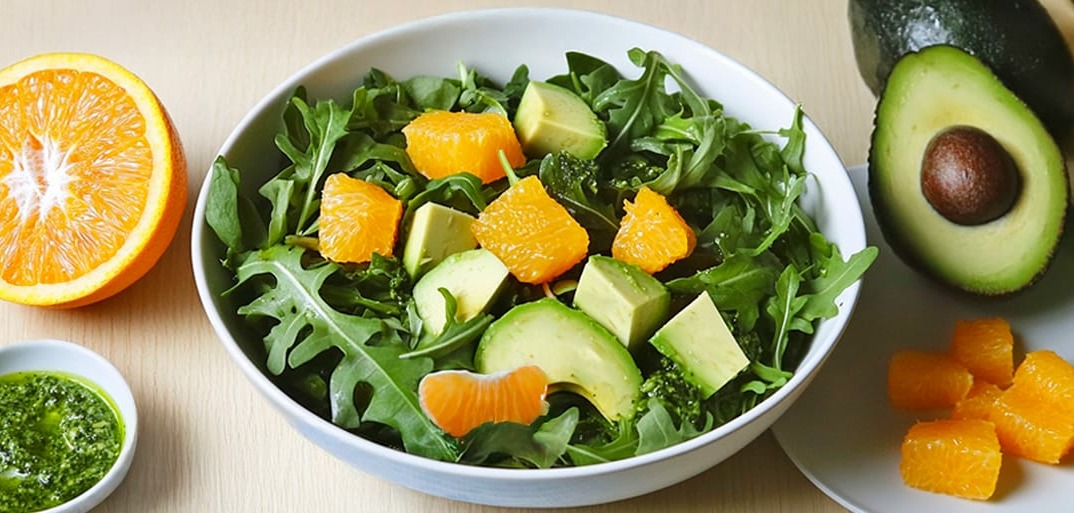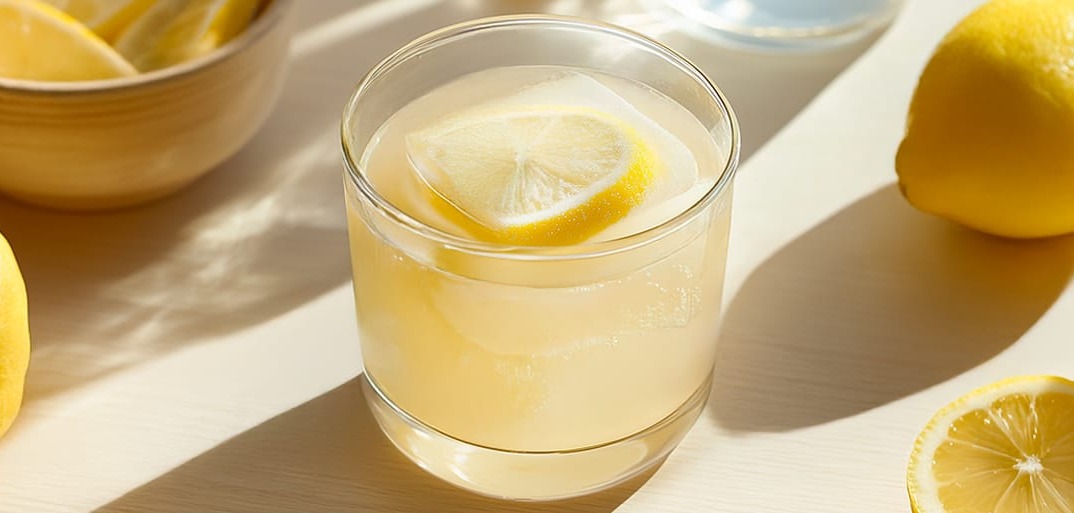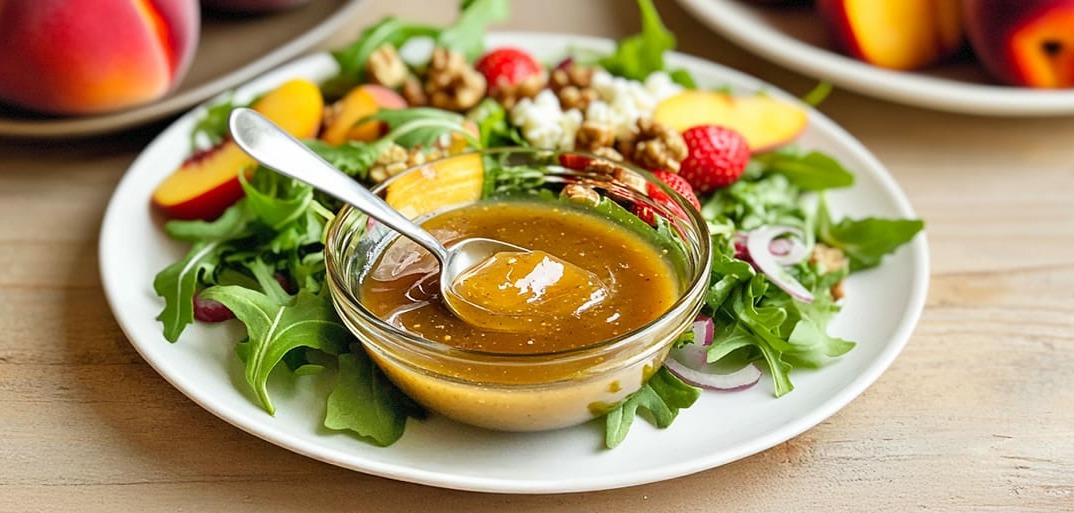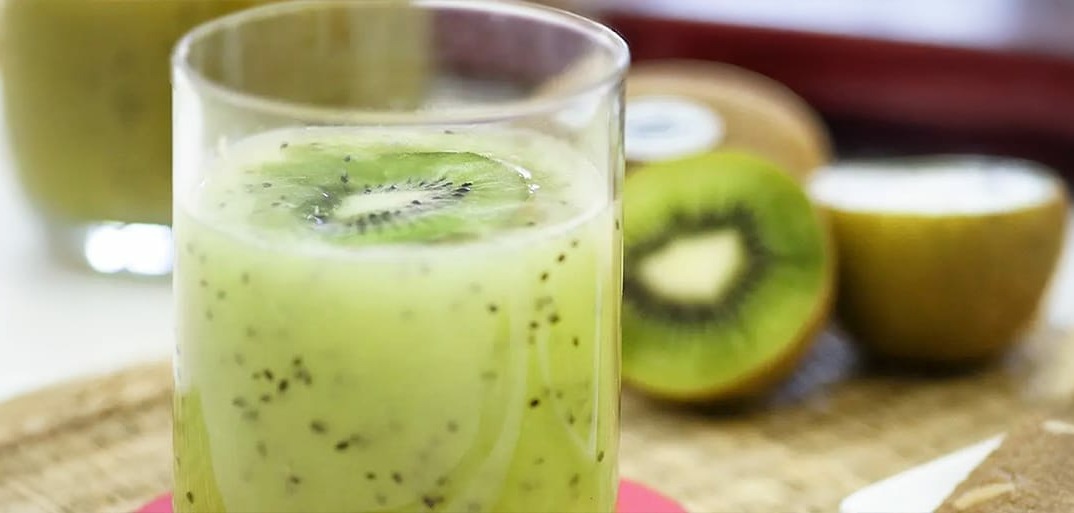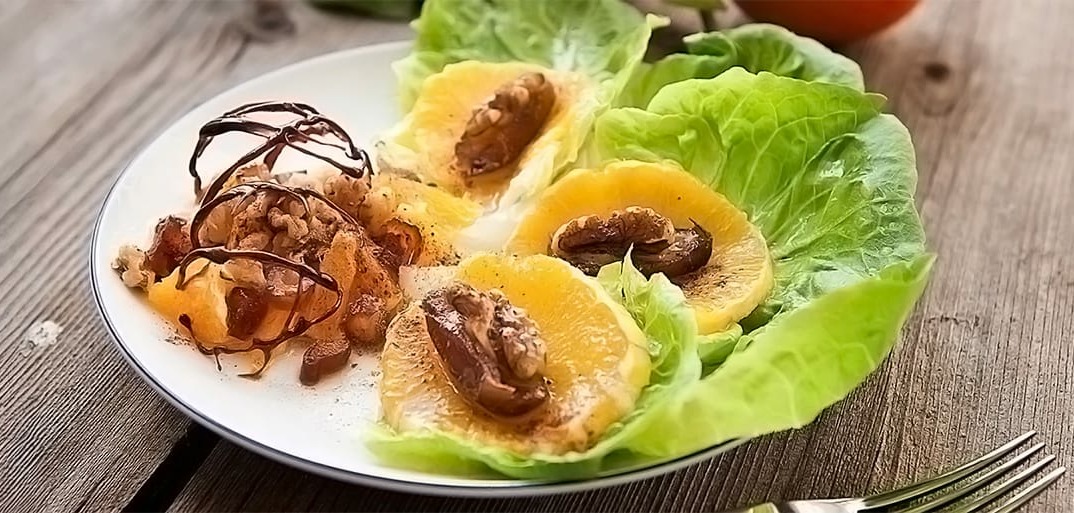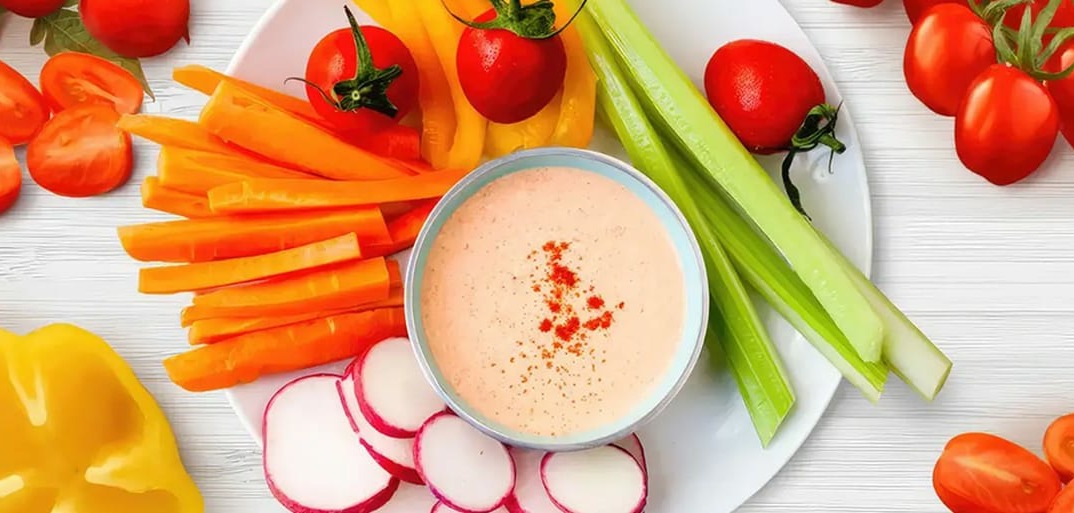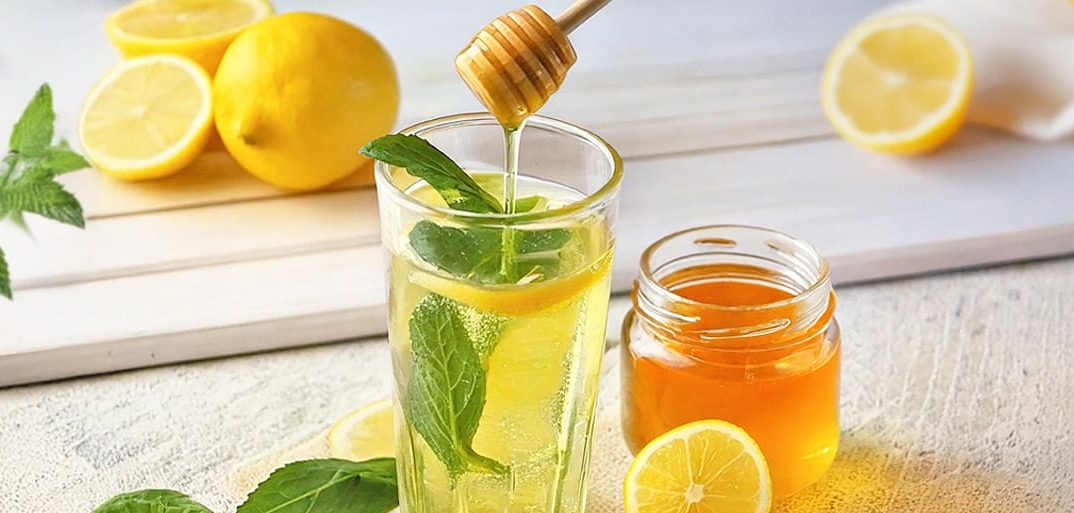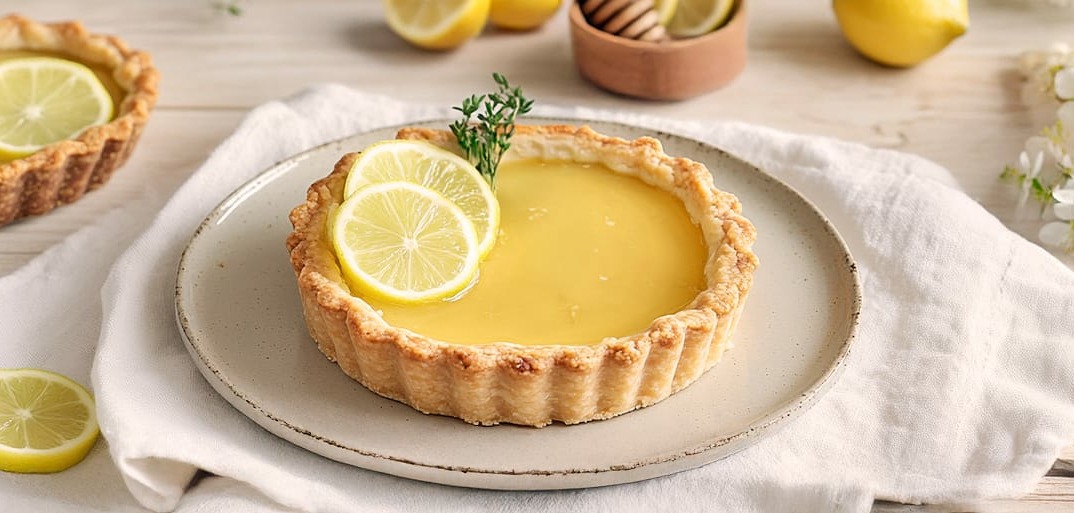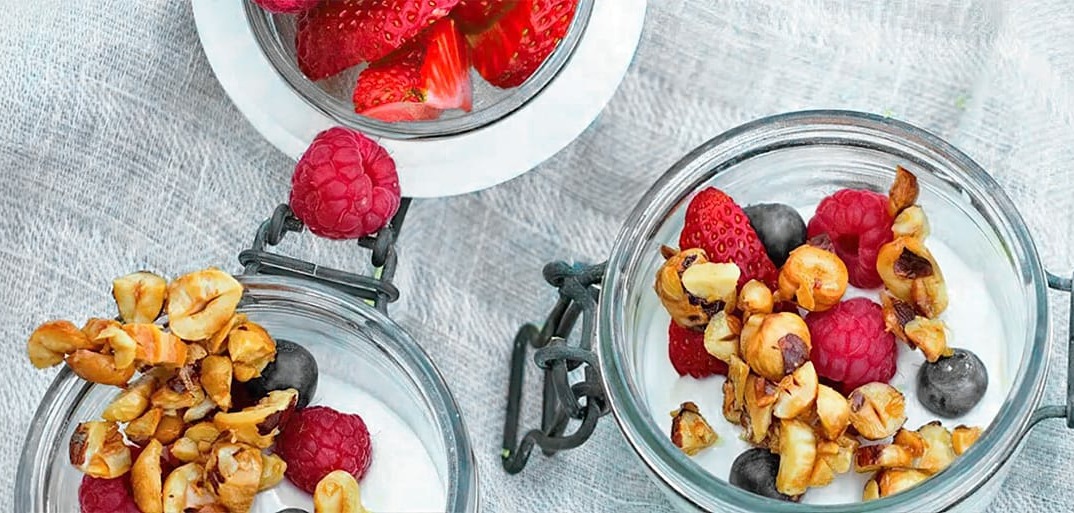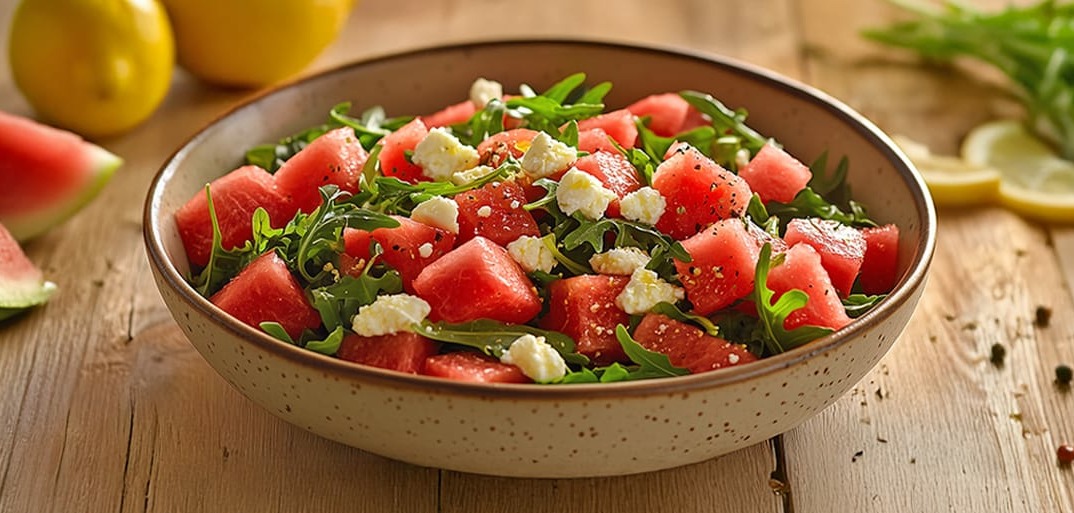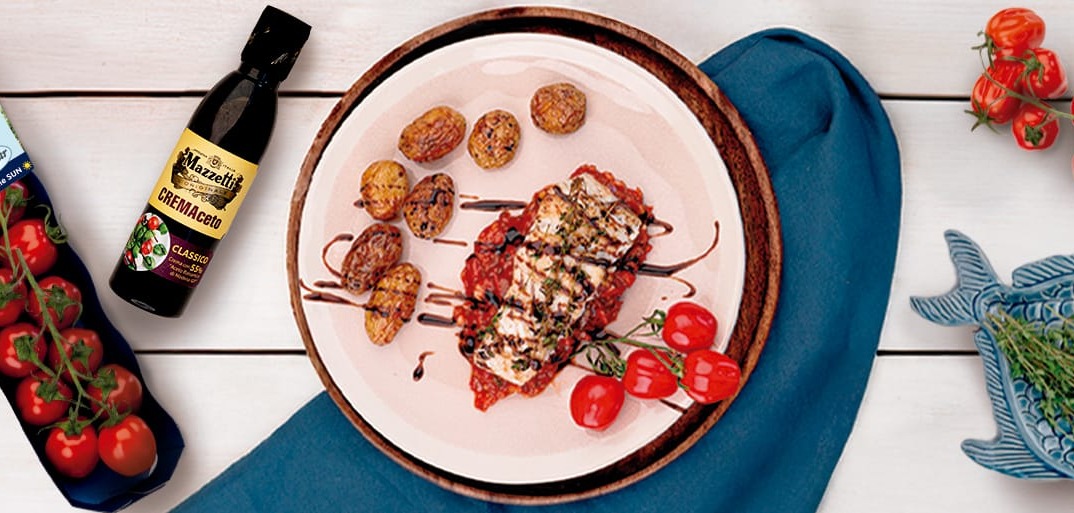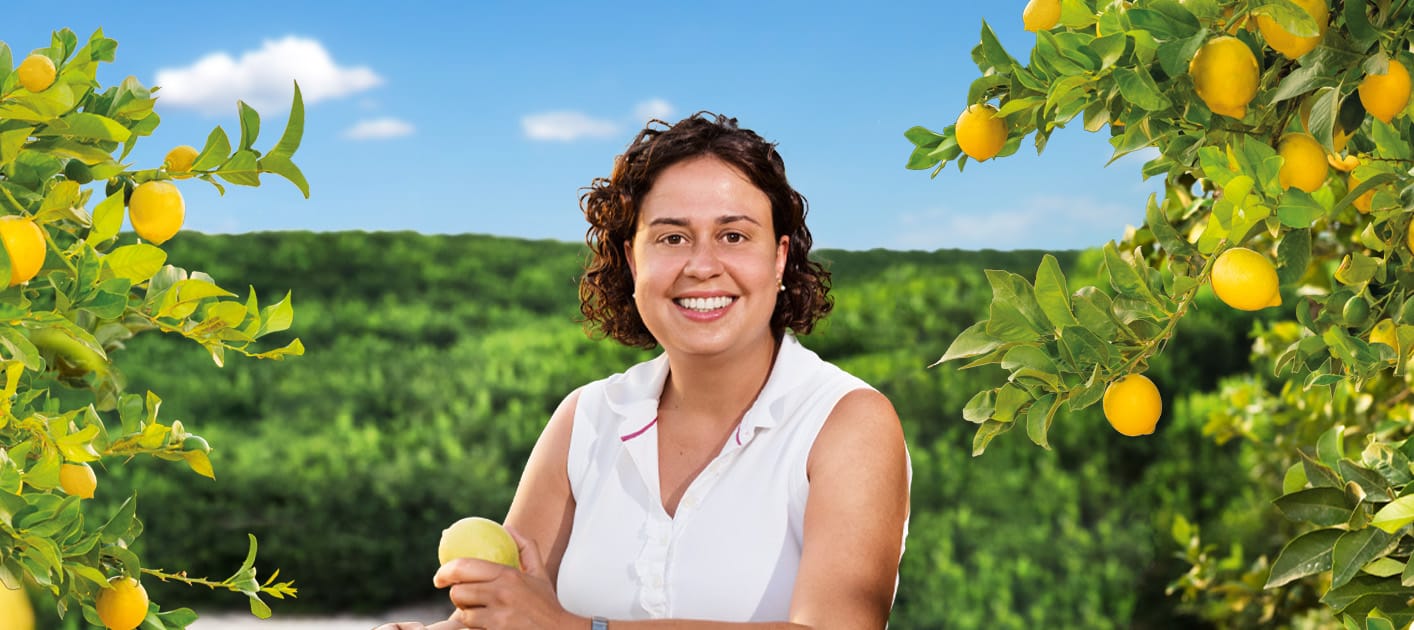
Fruits with joy.
A thousand little yellow suns.
“There are lemon varieties”, says SanLucar master grower Maribel Poveda, “where the trees behave as they please. A year with lots of small fruits is followed by a year with few, but large ones”. When they are harvested, they are cut off at the base of the stem so that no protruding branches injure the neighboring fruit.
And then placed in padded buckets to protect them from pressure. But they make Maribel most cheerful just before harvest. Then it looks like thousands of little yellow suns hanging in the trees. Who wouldn’t be in a perfect mood?
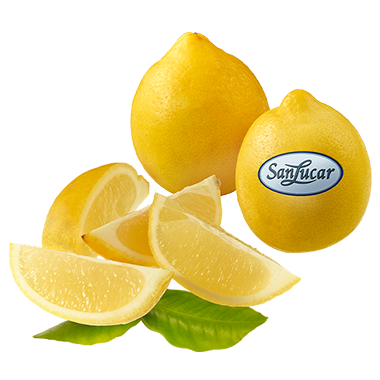
Good to know
Lemons will stay fresh for at least two weeks if you put them in a sealed plastic bag in the fridge.
More interesting factsabout lemons
Country of origin
Our lemons come from Spain in the winter months, and from June to October for example also from Argentina, South Africa and Chile.

Storage
The fruits do not tolerate cold and should therefore not be stored below 10 degrees Celsius. Due to their natural acidity, they remain fresh for up to three months.
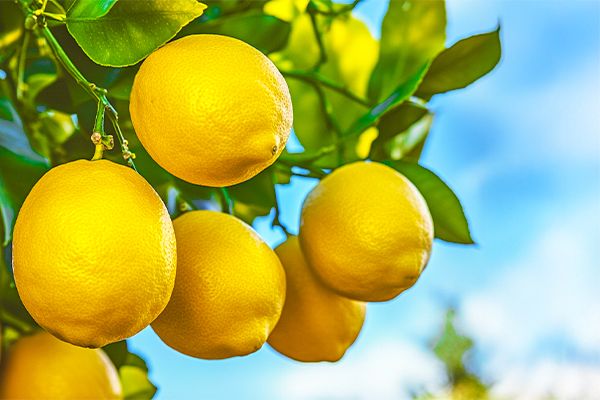
Tips and special features
100 grams of lemon provides half the recommended daily amount of vitamin C for adults and refreshes in many ways. Sliced avocados and apples, for example, do not turn brown if you sprinkle them with a little lemon juice. Lemon juice is also gaining more and more friends as a healthy substitute for vinegar in salad dressings.
Nutritional information
| Vitamin C (mg/100 g) | 51 mg |
| Potassium (mg/100 g) | 170 mg |
| Calcium (mg/100 g) | 11 mg |
| Magnesium (mg/100g) | 28 mg |
| Calorific values: Energy | 36 kcal |
| Fett thereof |
0.6 g |
| Saturated fatty acids | 0.1 g |
| Monounsaturated fatty acids | |
| Polyunsaturated fatty acids | |
| Carbonhydrates | 3.2 g |
| of which sugar | 3.2 g |
| Protein | 0.7 g |
| Salt | 5 g |
| © German Food Code 3.02 |
History
The home of the lemon is probably a region between India and Pakistan. The fruit first came to Spain through the Arabs, from where it reached the Caribbean through Spanish explorers of America.
Taste in harmony with people and nature
We use our modern, digitally controlled water management system to save water, always rely on natural predators first when dealing with pests and protect the bees.
More about our social responsibility
